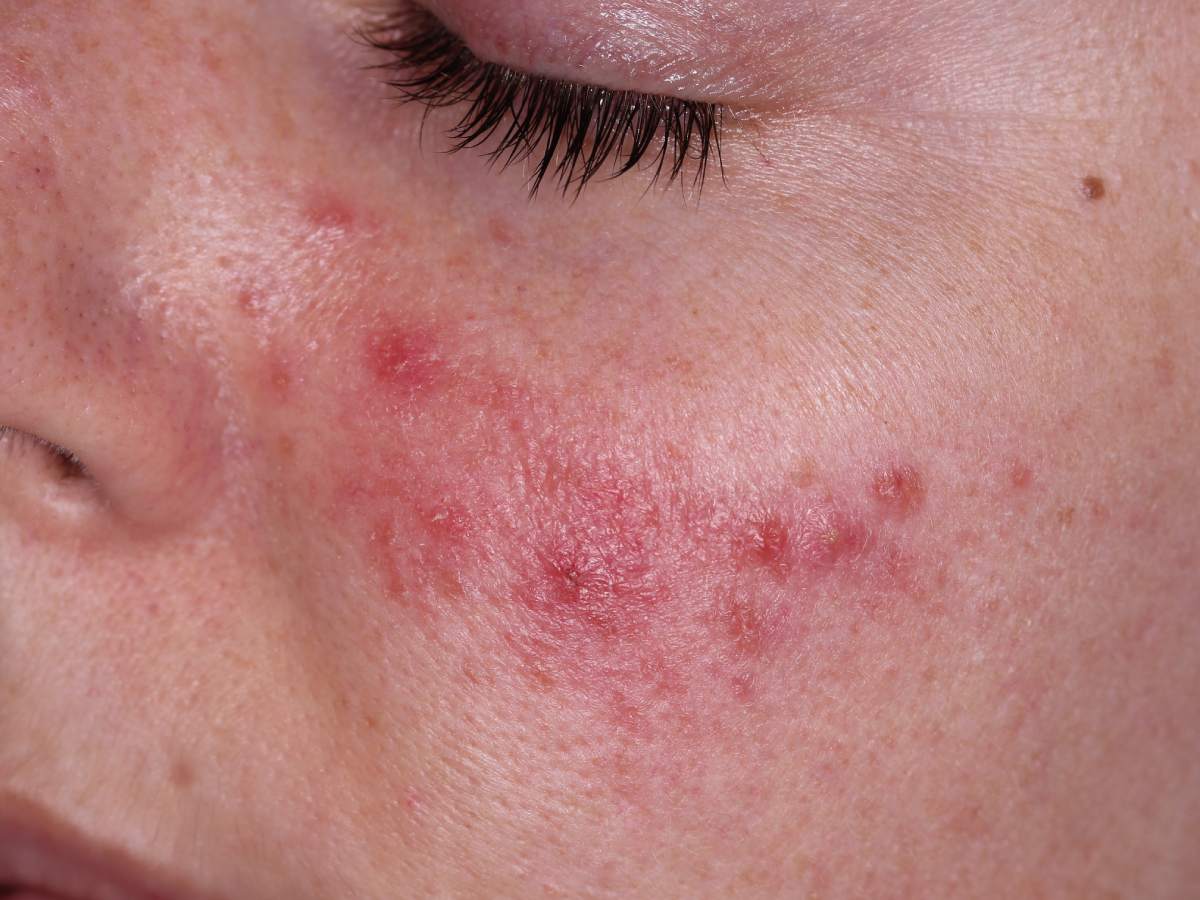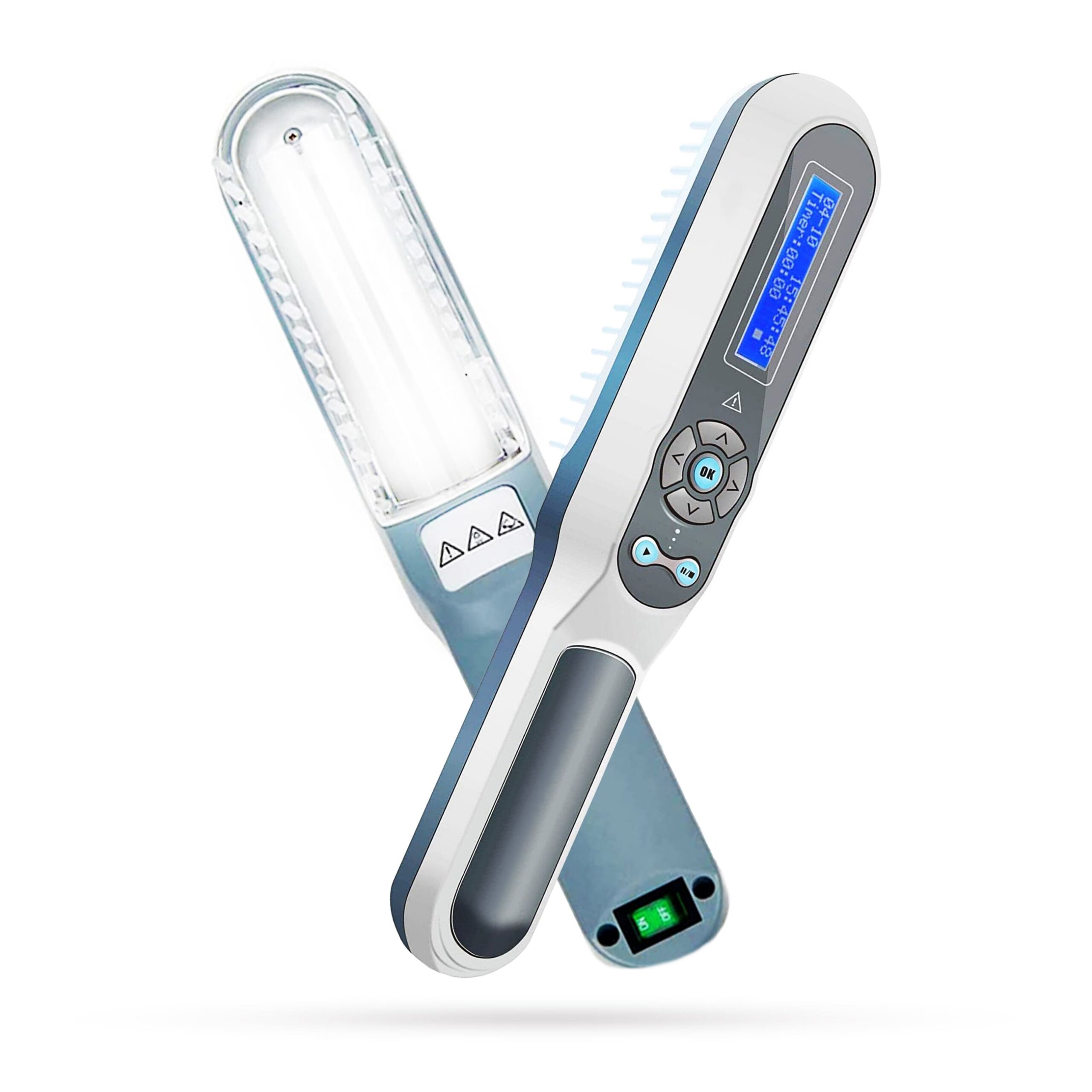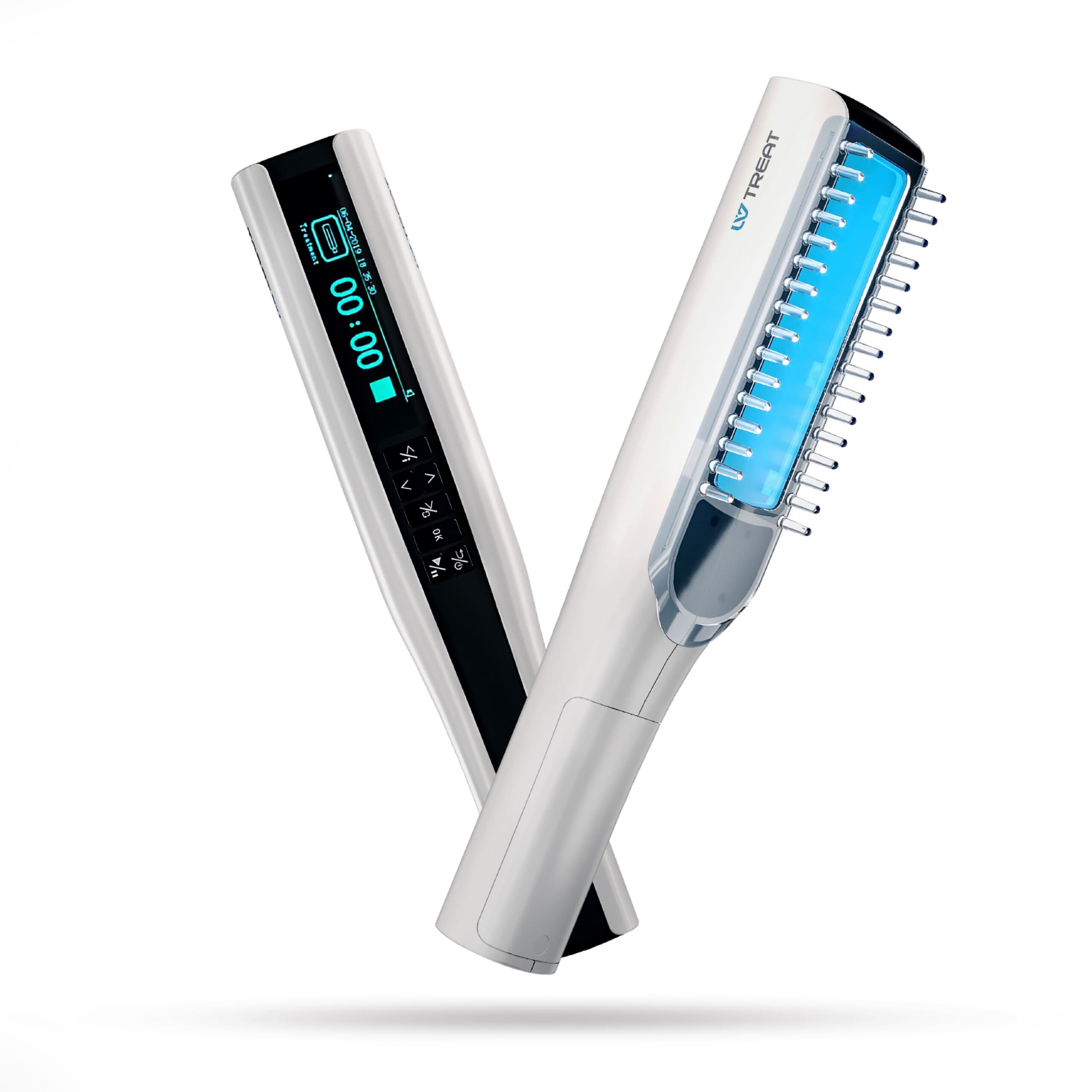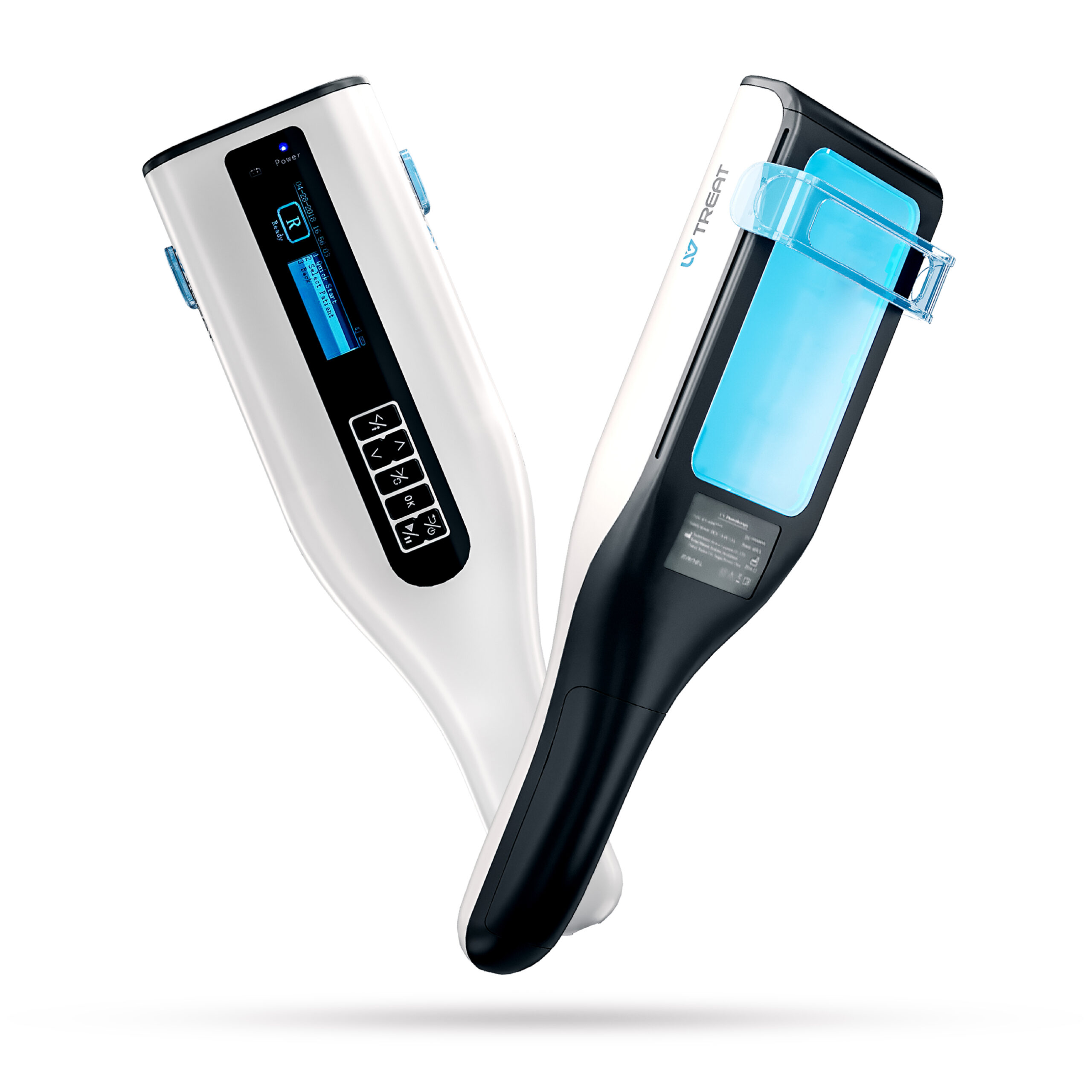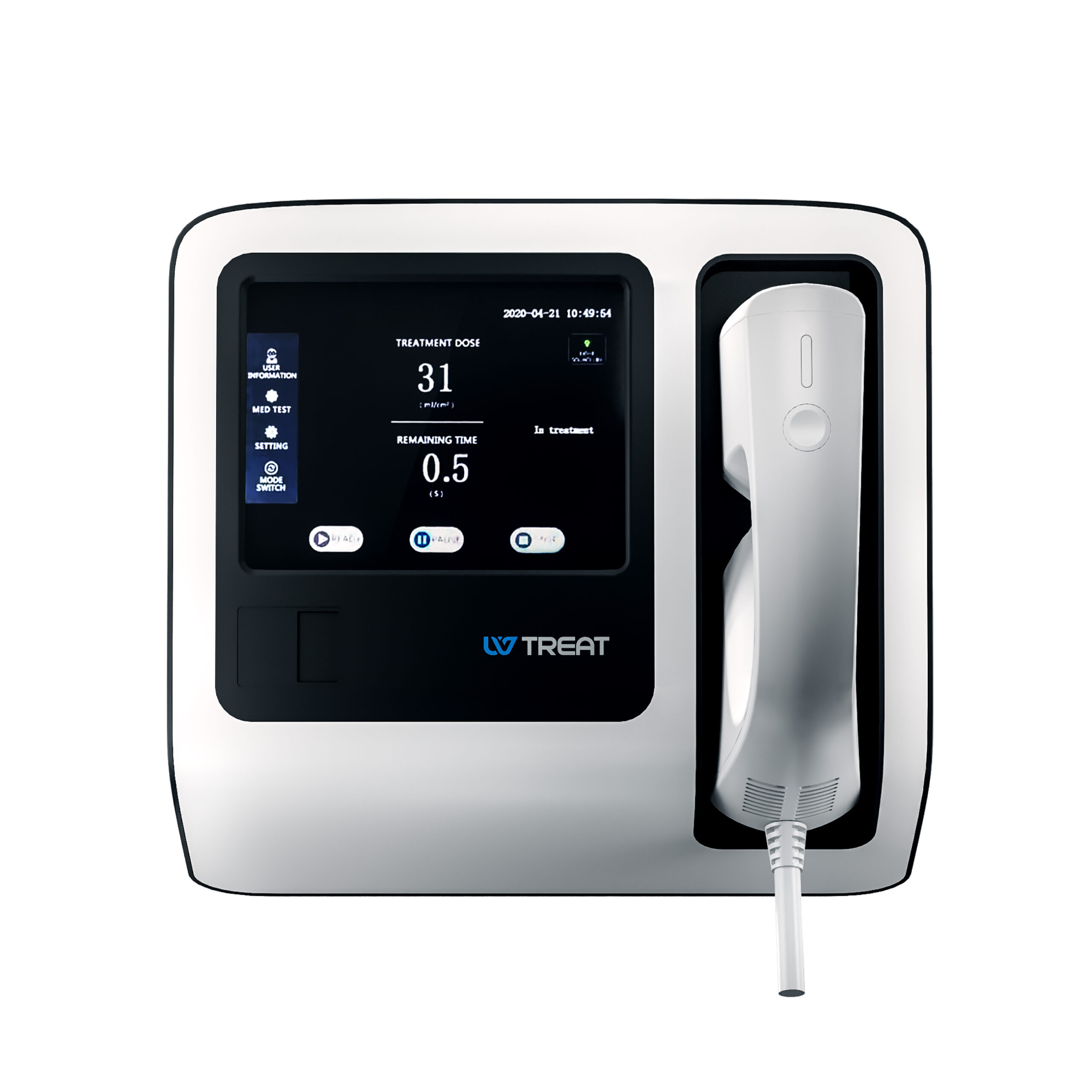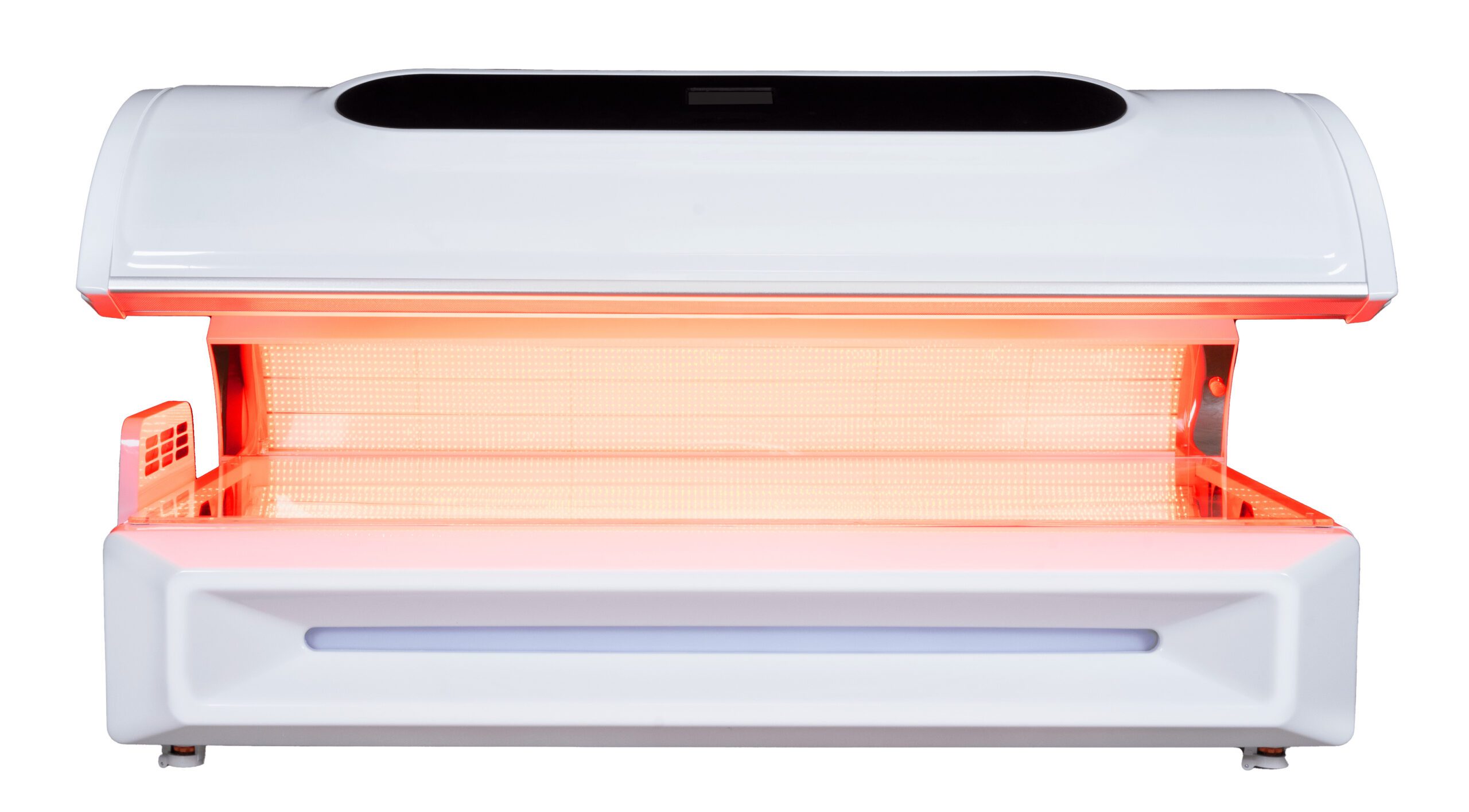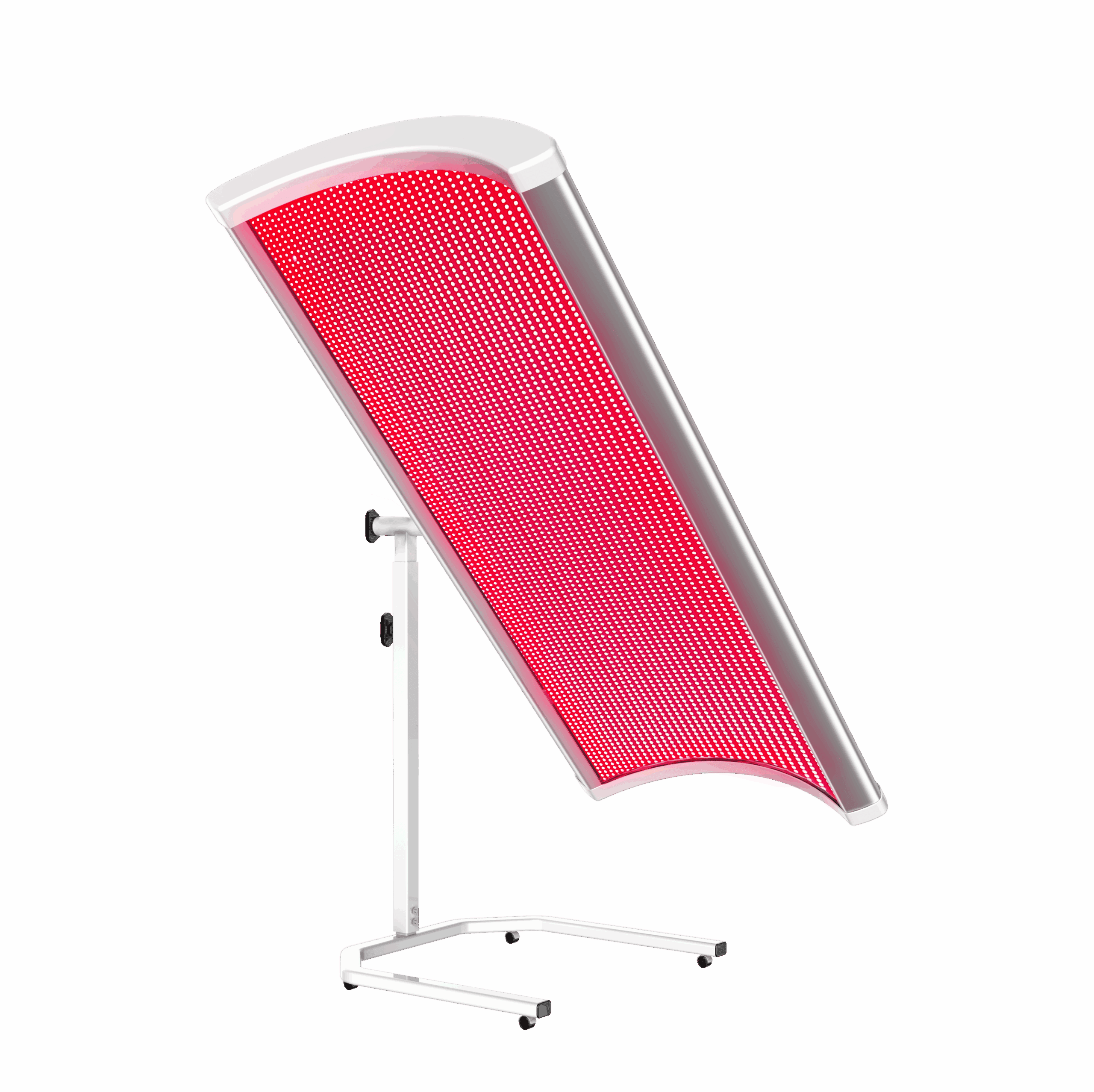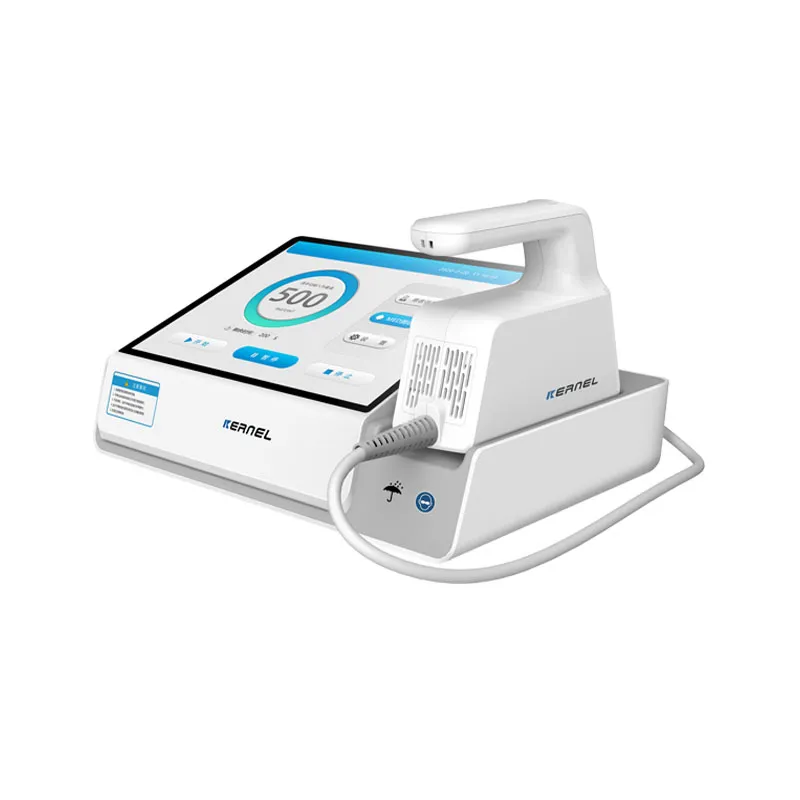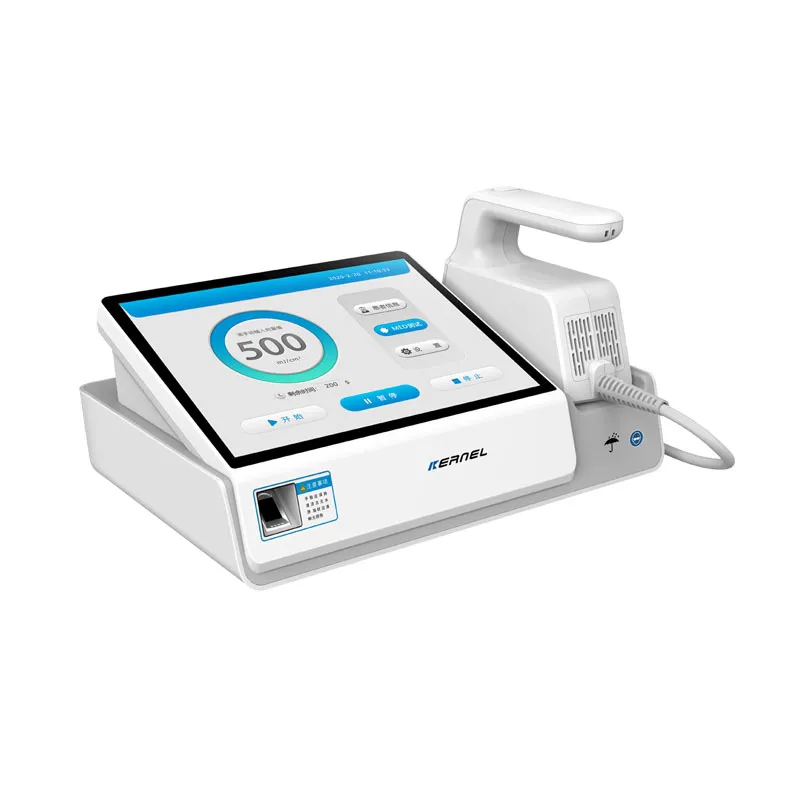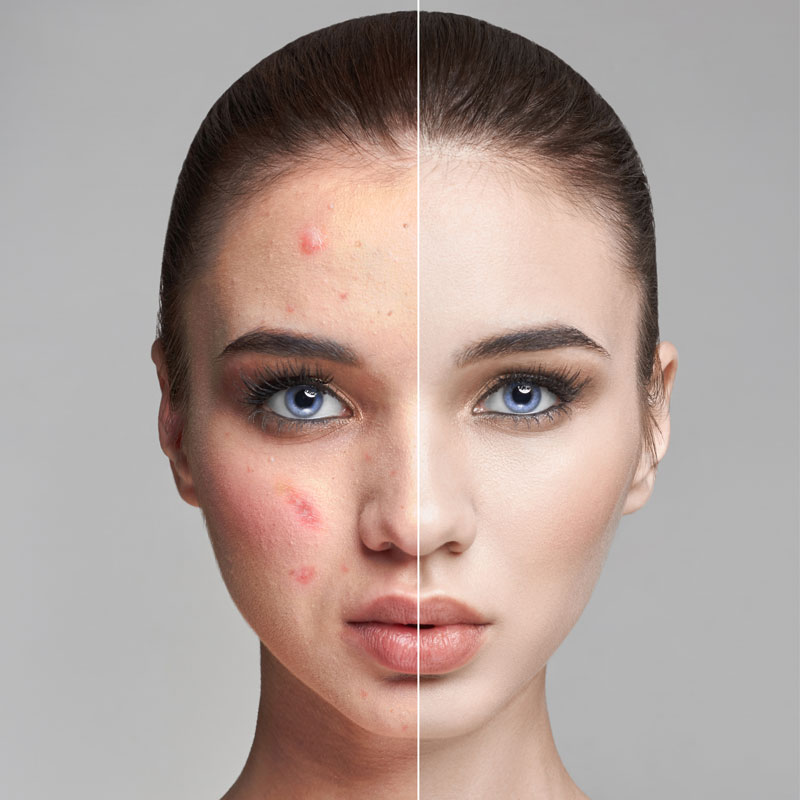Rosacea is a chronic skin ailment that mostly affects the face and is complicated and sometimes confused with other skin illnesses. Both those living with it and doctors are baffled by its evasiveness. This page seeks to provide clarity on this mysterious ailment by providing a thorough knowledge of Rosacea, its symptoms, and how it affects people’s life.
Rosacea is more than simply a superficial skin condition; it can cause redness, pimples, and even irritation of the eyes. It goes farther, and because it is visible and ongoing, it may impact one’s mental health. In addition to recognizing the wider consequences of Rosacea on lifestyle and mental health, understanding the condition is critical for effective therapy of the condition.
From the many varieties of Rosacea to its symptoms, which can range depending on skin tone, to potential causes, and available treatments, this guide will cover it all. We’ll examine the misconceptions and facts of living with this disorder, as well as the difficulties in diagnosis, particularly in people of color, where symptoms may be less noticeable. If you or someone you care about is interested in learning more about Rosacea, or if you simply want to know more about this prevalent skin condition, this page has all the information you need.
More specifically, what is rosacea?
The long-term skin disorder known as rosacea is prevalent, but little is known about it. It mostly impacts the face.
Though it is manageable with long-term therapy, the noticeable changes to one’s physical appearance can occasionally have a profound effect on one’s mental health.
One skin ailment that causes redness and flushing is rosacea. Additionally, you can see little lumps that contain pus. Acne and other skin issues could be confused for it.
Different skin tones have different symptoms. Those with lighter complexions tend to notice flushing and blushing more readily than those with darker complexions, such as brown or black. Because of this, it may be more challenging for persons of color to receive an accurate diagnosis.

Source: VeryWell Health
Signs of rosacea can be present even in the absence of visible redness, such as:
- Discrete red nodules
- Malocclusions with pus
- Acute pain, redness, and inflammation
To alleviate your symptoms, your doctor may prescribe medication or recommend other therapies. Additionally, there are things you may do at home to aid in your recovery.
Rosacea tends to affect which people the most?
Although rosacea can strike anybody, some populations are at increased risk, such as:
- The elderly and those in the middle years
- Women
- People with lighter complexions may not see it, but doctors may fail to notice it in deeper skin tones because those pigments mask the appearance of discoloration.
Comprehensive Analysis of Root Causes
The precise origin of rosacea is still a mystery because the disorder is complex.
But a number of elements have been shown to play a role:
Rosacea tends to occur in families, which might be because of a hereditary component. Research conducted by Chang et al. (2015) suggests a possible genetic connection between rosacea and its increased prevalence in first-degree relatives of affected individuals (Chang et al., 2015).
Rosacea is characterized by visible blood vessels and a persistent reddening of the skin, both of which may indicate vascular abnormalities. Holmes and Steinhoff (2017) found that rosacea’s telltale redness might be a result of irregularities in the facial blood vessels, which in turn can lead to increased blood flow (Holmes & Steinhoff, 2017).
Skin Barrier Dysfunction: Rosacea is associated with a weakened skin barrier, which makes the skin more reactive and sensitive. Transepidermal water loss is increased in rosacea patients, suggesting a compromised skin barrier, according to research published by Two et al. (2014).
A key component of rosacea is the body’s inflammatory response. An article in the Journal of the American Academy of Dermatology states that inflammatory markers such as cathelicidin and kallikrein 5 are elevated in rosacea patients (Yamasaki et al., 2007).
Microbial Factors: Rosacea patients have higher densities of skin bacteria and mites (such as Demodex folliculorum), but these populations are normally present. Forton and Seys (2013) found that these bacteria may amplify the rosacea-related skin alterations and inflammation.
Sunlight, high temperatures, and other environmental variables, as well as lifestyle factors like stress and certain diets, can all bring on worsening symptoms of rosacea. A study by the National Rosacea Society found that sun exposure was the most common trigger for 81% of patients, followed by emotional stress at 79% (National Rosacea Society, n.d.).
It’s worth noting that these elements might interact with one other and differ from one individual to another, adding to the intricacy of rosacea.
Types of Rosacea
Rosacea comes in four different varieties. Multiple types of symptoms can coexist, though. A variety of rosaceas are:
- Rosacea with erythematotelangiectatic features. The redness on your face from this type lasts a long time. Your skin’s tiny blood veins enlarge and become more apparent. Feelings of illness tend to ebb and flow. The redness might worsen or perhaps become permanent if not treated.
- Rosacea with papulopustular bumps. Red, inflamed pimples that resemble acne and pus-filled “whiteheads” are the results of this. They most commonly manifest on the cheeks, chin, and forehead, but they can also strike anywhere on the body, including the neck, chest, and scalp. Redness or flushing of the face can also occur. It may take some time for these symptoms to improve if your condition is severe.
- Rosacea plantarum. Thick, scarred skin is a symptom of this uncommon kind. Nose swelling, bumpiness, and discoloration are common symptoms of this kind of rosacea.
- Rosacea of the eyes. Eye irritation and redness, as well as a watery or bloodshot appearance, are symptoms of this kind of rosacea. The condition can lead to dry, sensitive eyes and, in rare cases, cysts on the eyelids.
- Facial rosacea. Your skin will seem more flushed when rosacea shows up on your face. Spider veins, which are shattered blood vessels, and pus-filled lumps are other possible symptoms. Rosacea can manifest on the face in a variety of ways, including erythematotelangiectatic, papulopustular, and phymatous forms.
Rosacea Diagnostic Methods
Because rosacea looks like so many other skin disorders, diagnosing it can be difficult. This is a more detailed description:
- Clinical examinations performed by dermatologists are the first steps in making a diagnosis of rosacea. They look for redness that doesn’t go away, visible blood vessels, and pimples that look like acne. These are the telltale indicators of Rosacea. Dermatologists are vital in differentiating Rosacea from other skin conditions such as lupus, acne, or eczema.
- A comprehensive patient history is collected, with special emphasis on the beginning, development, and triggers of symptoms, as well as any relatives who may have a history of rosacea or a comparable skin disease. This background information is useful for spotting symptoms that are typical of Rosacea.
- The diagnosis could change depending on the patient’s skin type. Redness and blood vessels are easier to see on lighter skin tones, but they may be less noticeable on darker skin tones, which can lead to missed diagnoses. Secondary symptoms, such as thickening of the skin or acne-like outbreaks in darker skin tones, are frequently sought after by dermatologists.
- During a physical examination, a dermatologist will look for signs of disease, usually centreing their attention on the face. They look for redness, edema, acne, and telangiectasia (spider veins) on the skin.
- As a part of the diagnosis procedure, it is necessary to rule out other disorders, as rosacea can resemble other skin issues. Based on the symptoms that have been reported, some tests may need to be conducted.
- Exclusion of Lupus and Seborrheic Dermatitis: In extremely unusual instances, a skin biopsy may be carried out to rule out other possible diagnoses. This requires extracting a little piece of skin for further examination in the lab.
- While blood tests cannot be used to confirm rosacea, they can be used to rule out other diseases that have symptoms, such lupus.
- Because rosacea may manifest itself in the eyes as well, it may be wise to consult an ophthalmologist if you experience any problems related to your eyesight.
- Documentation through Photography: Occasionally, pictures of the afflicted regions are shot periodically to track the development of the disease and the efficacy of the therapy.
Dermatologists frequently instruct their patients on how to recognize and stay away from possible triggers through patient education and self-monitoring. In order to determine what causes symptoms and how well treatments are working, patients may be asked to maintain a symptom diary.
Dermatologists are able to correctly identify Rosacea, especially in less common manifestations, by doing a thorough evaluation and utilizing a mix of clinical evaluation and exclusionary tests.
Reactions to Rosacea
Redness on the cheeks, nose, chin, and forehead may be the most noticeable characteristic for individuals with lighter complexion. The neck, ears, chest, and head are less common places for the color to show up.
Broken blood vessels may become visible through thickened and swollen skin after some time has passed. Redness, swelling, and discomfort in the eyes are experienced by as many as 50% of rosacea sufferers.

Source: Cleveland Clinic
No matter your skin tone, you may also experience the following symptoms:
- Itching and stinging sensations on the skin
- Lesions that are red or packed with pus and may seem like pimples
- Dry, rough patches of skin
- An enlarged, bulbous nose
- Particulate size
- Damaged blood vessels on the lids of your eyes
- Pillows behind your eyes
- Visual impairments
Is rosacea a skin rash?
Rosacea can occasionally lead to a tight or itchy sensation, however this is not always the case. The symptoms of rosacea might cycle in and out. They may peak for a week or two, subside, and then return.
See a doctor if you suffer from rosacea; treatment is essential. Your symptoms may worsen and perhaps become permanent if you disregard it.
Causes of Rosacea
Factors that might bring on rosacea symptoms are:
- Solar radiation
- Weather that is extremely hot or frigid
- Alcohol
- Extremely fiery or spicy cuisine
- Hard physical activity
- Stress
- In certain cases, hair, skin, or cosmetic items
Flushing can also be caused by menopause and some medications. Keeping a journal detailing the times and places of your symptoms, as well as your activities and any thoughts you may have about their causes, can be helpful in determining which things set them off. Talk to your doctor about this.
Methods to Avoid Rosacea
Including helpful tips for avoiding Rosacea flare-ups would improve the post. A more extensive section on preventative strategies is presented here:
Avoiding direct sunlight is a good way to keep rosacea at bay. Every day, even on overcast days, you must use a broad-spectrum sunscreen with an SPF of 30 or higher. Another way to protect yourself from the sun is to wear a wide-brimmed hat and look for shade while you’re outside.
When dealing with rosacea, it’s important to follow a gentle skincare routine. You may assist keep the skin barrier intact by using gentle, non-abrasive cleansers, avoiding products with alcohol, witch hazel, scent, menthol, or exfoliants, and by wearing moisturizers that won’t irritate the skin.
Rosacea is known to flare up when people are under a lot of stress. Whatever helps reduce stress, whether it’s meditation, yoga, deep breathing, or something else entirely, might be useful.
Modifications to Your Diet: Rosacea can be triggered by spicy meals, hot beverages, and alcohol. It is crucial to recognize which meals and drinks bring on flare-ups and stay away from them. Finding these triggers might be aided by maintaining a food journal.
Controlling Body Temperature: Rosacea symptoms can be worsened by exposure to high or low temperatures, saunas, hot baths, or vigorous physical activity. It’s best to stay away from hot or cold temperatures, wash your face and body with lukewarm water, and do light exercise if you feel the need.
Makeup and skin care products formulated for sensitive skin should be your first choices rather than harsh cosmetics. Before you put anything new on your face, make sure it works on a tiny area first.
Seeing a dermatologist on a regular basis allows for better monitoring of the disease and the ability to adapt therapies accordingly.
Preventing Complications from Ocular Rosacea: A daily cleansing of the eyelids with a mixture of warm water and baby shampoo is an important part of routine eye care for those with this condition.
Options for Outerwear: When the weather is chilly or windy, shield your face with a scarf or a mask. To avoid skin irritation, use fabrics that allow air to circulate.
Keep in mind that some environmental conditions might set up rosacea flare-ups. Some examples of such elements are interior heat, wind, and cold, as well as specific contaminants.
People with Rosacea can greatly improve their quality of life by reducing the frequency and severity of flare-ups by implementing these preventative techniques into their everyday lives.
Nutritional Factors to Consider When Handling Rosacea
It is well-known that specific food choices can affect the intensity and frequency of rosacea flare-ups, but the exact origin of the condition is still poorly understood. Rosacea sufferers would do well to educate themselves on the importance of food in the disease’s management. Here we’ll look at some of the food triggers for Rosacea symptoms and offer some suggestions for foods that could assist with symptom management and relief. To help people with Rosacea better manage their skin condition, we want to provide them the tools they need to make educated food decisions.
Dietary Triggers: Some people have flare-ups of rosacea after consuming specific meals or drinks. Caffeine, spicy meals, and drinks (particularly red wine) are common triggers. It is believed that these triggers aggravate redness and flushing caused by rosacea by increasing blood flow to the skin.
Recognizing Individual Triggers: Food triggers might differ substantially from person to person. By keeping track of everything you eat and drink, you may pinpoint which foods and beverages aggravate your symptoms and make targeted dietary changes.
Changes to Your Diet:
Incorporating anti-inflammatory items into your diet can help control the symptoms of rosacea. Foods rich in omega-3 fatty acids, such as walnuts, flaxseed, and salmon, and antioxidant-loaded produce are examples of such foods.
Keeping yourself well hydrated is an important step in taking care of your skin. The best thing to do is to drink lots of water and stay away from things that dehydrate you, such coffee and alcohol.
Gut Health: Rosacea and other skin diseases may have a connection to poor gut health, according to some research. Yogurt, kefir, and fermented veggies are examples of foods that are high in probiotics and may be helpful.
Things to Cut Out or Control:
- Consume hot and spicy foods in moderation or avoid them altogether if they bring on flushing.
- Aged cheeses, smoked meats, and various types of fish are high in histamine and may make symptoms worse for some people.
- Limiting your intake of alcoholic beverages, especially red wine, can assist in controlling episodes of rosacea.
- Approach to Dietary Management: Customization is the key when it comes to managing Rosacea via food. Everyone has different dietary triggers and reactions, so it’s best to follow broad recommendations. It is critical to regularly assess and make improvements depending on one’s own experiences.
- Talking to a Nutritionist: If you’re looking for specific nutritional recommendations, it could be good to talk to a nutritionist or registered dietitian. Based on specific dietary requirements and potential triggers, they can offer personalized advice.
Ultimately, it is important to recognize and address individual dietary factors for Rosacea in order to effectively manage symptoms. A well-rounded, anti-inflammatory diet and sufficient water can help alleviate Rosacea symptoms.
Reasons for Rosacea
The specific etiology of rosacea is unknown to doctors. Some potential factors are:
- Your heredity. The rosacea gene seems to be hereditary.
- Issues with the blood vessels. Issues with the blood vessels in your face might be the cause of the redness on your skin. Damage from the sun might cause them to enlarge, making them more noticeable.
- They’re little bugs. Demodex folliculorum is a harmless kind that commonly resides on the skin. However, some persons experience heightened sensitivity to the mites, or a higher concentration of mites than normal. You risk skin irritation if there are too many mites.
- Evil microbes. One kind is known as H. H. pylori often resides in the intestines.
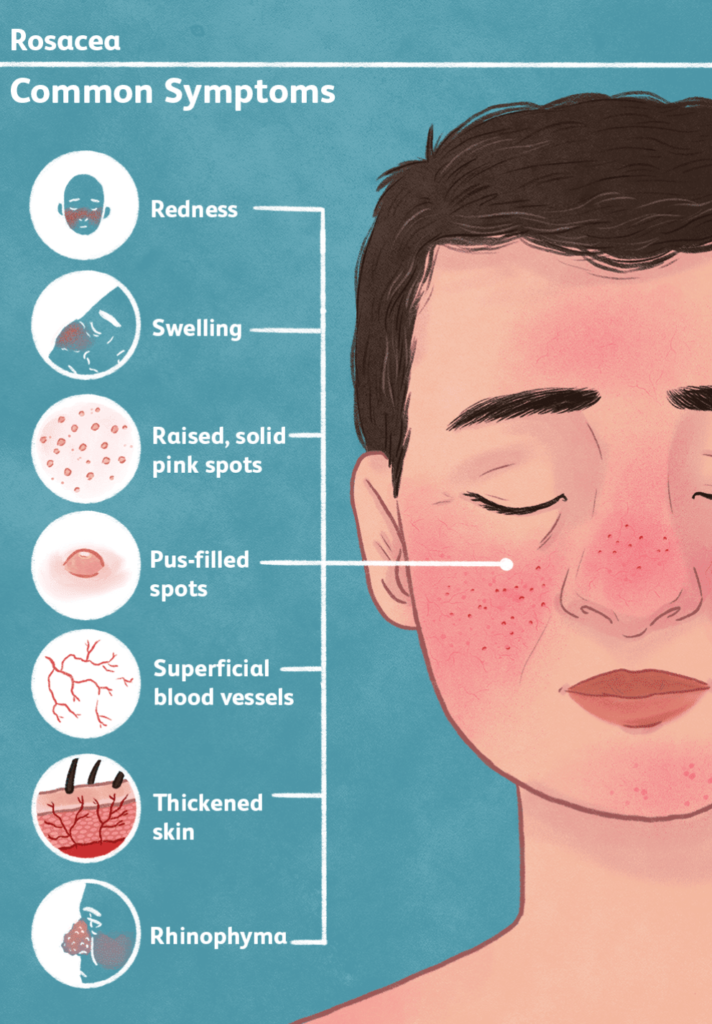
Source: VeryWell Health
According to some research, this microbe has the potential to increase gastrin levels, a digestive hormone that might make your skin seem reddened.
You can be more prone to rosacea if you have certain traits. For example, the following factors increase the likelihood that you may have the skin condition:
- Bring out your blue eyes, blond hair, and pale complexion.
- Fall somewhere between the 30–50 age range
- Are female (or were identified as female at birth)
- Have rosacea-prone relatives
- Dealt with breakouts of severe acne
- Smoke
Managing Rosacea
Rosacea, being a chronic skin illness that impacts one’s appearance, can be especially distressing due to the negative psychological effects it can have over time. Your self-perception and social interactions may shift as a result of this.
Feelings of shame, humiliation, and frustration are common among rosacea sufferers.
You must make every effort to accept that you have a chronic, incurable, but manageable, health condition.
To keep your symptoms under control, it’s essential to stick to your treatment plan and stay away from things that set you off.
Feelings of mental and emotional well-being may accompany the alleviation of physical problems.
Know that you are not alone if you have rosacea. The disease affects millions of individuals worldwide, including in the United States.
If your disease is causing you to feel depressed, it is important to speak to your doctor. If more therapy is needed, they could suggest it.
Mental Health Effects
The mental and emotional toll of the disease must be taken into consideration:
Because it is both visible and long-lasting, rosacea is more than just a skin problem; it can have serious psychological impacts as well. Rosacea sufferers frequently go through a variety of emotional states, including:
Persistent redness and acne-like pimples are noticeable indicators of rosacea, which can cause self-consciousness and a bad body image. Particularly in interacting with others, this can erode confidence and self-esteem.
Avoidance of social activities due to insecurity about one’s looks can exacerbate social anxiety and contribute to feelings of isolation. Social encounters might become even more daunting due to the unpredictable nature of flare-ups.
Mental Health Issues: Rosacea and other chronic skin disorders are associated with increased incidence of depression. The persistent and obvious symptoms, along with the fact that the ailment is long-lasting, can make one feel hopeless and powerless.
Rosacea symptoms can impact how people interact and perform in the workplace, particularly for those whose jobs include interacting with the public or with clients.
The development of efficient coping skills is of the utmost importance. Having the support of loved ones and medical experts may be a huge help when dealing with the emotional challenges that come with Rosacea.
If rosacea is making you feel emotionally or mentally sick, it could help to talk to a therapist or counselor. Experts in mental health can help you learn to manage the emotional toll that this illness takes.
Support Groups: Rosacea support groups, whether online or in person, may bring people together who share the disease’s difficulties and offer advice on how to cope.
Sharing Information: Rosacea can be better understood and supported by those close to you, including friends, family, and coworkers. This can help dispel myths and stigmas that others may have regarding the condition.
In conclusion, rosacea isn’t only a skin condition; it has far-reaching effects on one’s psychological and emotional health as well. Individuals dealing with Rosacea must receive holistic care that takes into account psychological factors.
Treatment for Rosacea
Although therapies exist for rosacea, the condition’s redness, pimples, and other symptoms cannot be cured. A variety of medications are available for your doctor to select from while treating it.
Medications for rosacea that are administered topically to combat acne, inflammation, and germs, you can use drugs that you apply directly to the skin, which are known as topicals. Among them are:
- The anti-redness, anti-swelling, and anti-bump gel or foam contains azelaic acid. Plus, it prevents the development of germs on your skin.
- You can reduce some of your redness with the help of brimonidine (Mirvaso), a gel that constricts blood vessels in the skin.
- Pimecrolimus and tacrolimus are examples of calcineurin inhibitors.
- The skin-killing antibiotic clindamycin (brand names: Cleocin, Clindagel, ClindaMax)
- Erygel, which contains the antibiotic erythromycin,
- Ivermectin, better known as Soolantra, is an anti-inflammatory drug.
- The medications doxycycline and metronidazole, also known as Flagyl,
- Oral oxymetazoline (Rhofade)
- Avar, Sulfacet, Clenia, and Plexion are antibiotics that include sodium sulfacetamide and sulfur.
Medications taken by mouth
Rosacea patients may also be administered isotretinoin, an acne medication sold under the brand names Amnesteem and Claravis. Because of the high risk of major birth abnormalities, it is not safe for usage during pregnancy.
Depending on the medication, you may need to use it for several weeks or months before you see any improvement to your skin.
Treatment with a Rosacea laser
Another option for rosacea treatment is a laser, which employs powerful light to eliminate enlarged blood vessels. Additionally, lasers can reduce redness and remove thickened skin through laser resurfacing.
Additional procedures that your doctor may recommend for the treatment of rosacea include:
- Skin exfoliation by sanding away the dermal layer (dermabrasion).
- The use of an electric current to zap injured blood vessels is known as electrocautery.
Acne Treatment for Skin
You can alleviate your discomfort to a large extent by doing things on your own. The first step in preventing an outbreak is identifying what causes them. Keeping a diary detailing your daily activities as well as any episodes of flare-ups might be helpful in this regard.
Additionally, to help reduce redness and protect your skin, practice these self-care tips:
Layer on the sunblock. Applying a broad-spectrum sunscreen (one that blocks both UVA and UVB rays) with an SPF of 30 or higher will help you avoid sunburn and other symptoms. Put it on every time you step outside. Be sure to shield your face with a wide-brimmed hat as well.
Apply skin care products with caution. Steer clear of bath and body products containing harsh chemicals like alcohol, perfume, or witch hazel. Use a gentle towel to pat your skin dry after washing your face.
Moisturize your skin. In the winter, when wind and chilly temperatures can exacerbate skin dryness, it is very useful. Preferably oil-free.
Apply makeup with caution. Put on your best, oil-free makeup.
Roll out a facial massage. Apply a light, circular motion while you massage your skin. To reach your ears, begin in the center of your face and go outward.
Remain hidden. To conceal redness and damaged blood vessels, use a green-tinted make-up to your face if you like to cover up your skin.
Leave the house. Stay cool in an air-conditioned room away from the sun and heat.
Keep your eyes healthy. To alleviate the redness and irritation caused by rosacea, gently cleanse your eyes daily with a mild baby shampoo or eyelid cleanser.
Additionally, many times daily, apply a warm compress to your eyes.
A number of rosacea sufferers have reported relief after adopting an anti-inflammatory diet similar to the Mediterranean diet.
Along with taking care of your skin concerns, it’s crucial to also take care of your emotions. See a doctor or therapist if you’re embarrassed by your appearance or worried it’s lowering your self-esteem. Another option is to get involved with a support group where you may talk to those who understand.
Medical Appointments
See a doctor if you experience any redness, swelling, or other rosacea symptoms, particularly if they are bothersome. They could suggest seeing a dermatologist. If you obtain medical help quickly, your illness won’t worsen.
Time to visit your doctor
If your symptoms persist and might be caused by rosacea, it’s recommended that you consult your doctor. The worsening of the illness can be averted with prompt diagnosis and treatment.
Although a definitive test does not yet exist for rosacea, your general practitioner (GP) may usually make the diagnosis by:
- taking a look at your skin
- discussing your health issues
- exploring potential sources of anxiety you could experience
Additional testing may be ordered by your primary care physician in order to exclude other possible causes of your symptoms, such as menopause or lupus. Blood tests and skin biopsies, in which a little piece of skin is taken and studied, are two examples.
Wrap Up
Rosacea is a multifaceted skin disorder that affects many individuals worldwide. It’s characterized by its persistent redness and sometimes mistaken for other skin conditions, making it crucial to spread awareness and understanding. This comprehensive guide aims to demystify Rosacea, shedding light on its varied symptoms, potential causes, and the broad spectrum of treatment options available.
The significance of Rosacea goes beyond skin deep. It’s not just a condition that affects one’s appearance; it can also have profound psychological and emotional impacts, necessitating a holistic approach to treatment and management. This guide navigates through the nuances of Rosacea, from identifying different types, understanding the challenges in diagnosis, particularly in darker skin tones, to exploring effective treatments and lifestyle modifications.
In conclusion, understanding Rosacea is key to managing it effectively. It’s more than a skin condition; it’s a health challenge that requires attention to both physical and mental well-being. Through education, support, and appropriate care, individuals living with Rosacea can lead fulfilling lives, maintaining both skin health and emotional balance.
